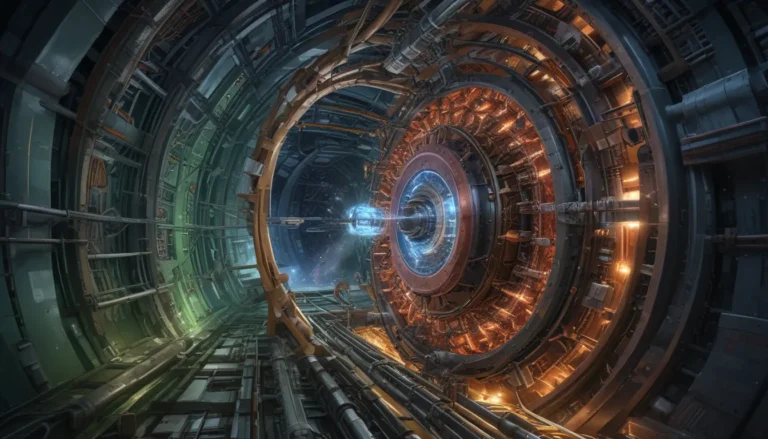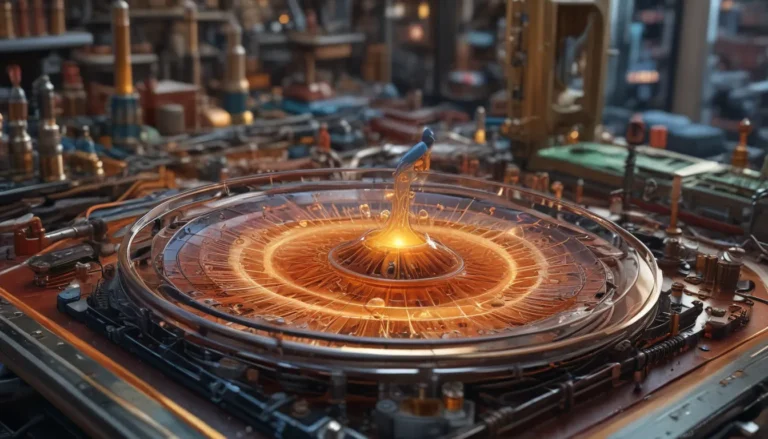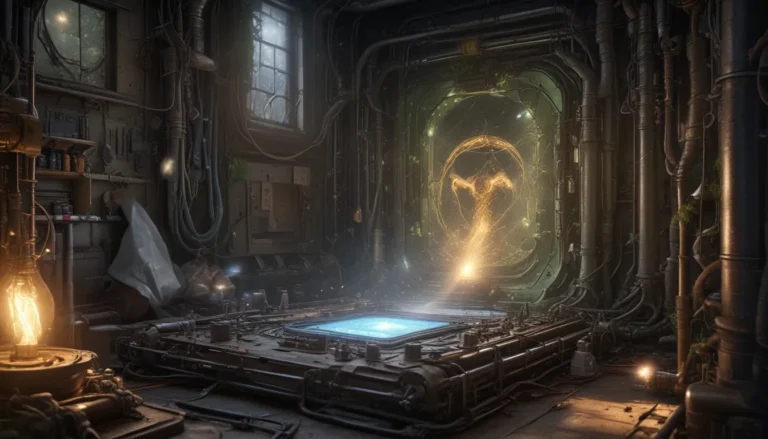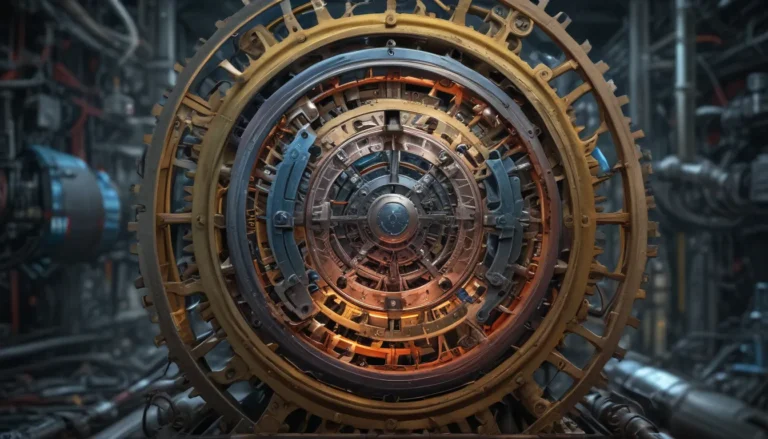A Note About Images: The images used in our articles are for illustration purposes only and may not exactly match the content. They are meant to engage readers, but the text should be relied upon for accurate information.
Transformers have become a phenomenon that transcends generations, captivating audiences with their ability to transform between robot and vehicle modes. These iconic characters have not only dominated the toy industry but have also made a significant impact on popular culture through comics, TV shows, and blockbuster movies. Let’s delve into the electrifying world of Transformers and uncover some extraordinary facts that highlight their intriguing connection to the laws of physics.
The Origin of Transformers: From Toys to Universe
Transformers were first introduced as a toy line by Hasbro and Takara Tomy in 1984, inspired by various robot toy lines. These toys quickly gained popularity among children worldwide, leading to the creation of a vast universe that includes comic books, animated TV series, video games, and movies. The franchise has become a cultural phenomenon, captivating fans of all ages with its rich storytelling and captivating characters like the iconic Optimus Prime and the powerful Megatron.
Meet the Legendary Leaders: Optimus Prime and Megatron
Optimus Prime, the noble leader of the Autobots, embodies heroism and justice in the Transformers universe. His iconic red and blue design, coupled with his unwavering dedication to protecting the innocent, has made him a beloved character among fans. On the other side, Megatron, the ruthless leader of the Decepticons, stands as the main antagonist with a relentless pursuit of power and conquest. These two characters have become enduring symbols of good versus evil within the Transformers lore.
The Transforming Mechanism: A Unique Feature of Transformers
One of the most defining features of Transformers is their ability to transform between robot and vehicle modes. This intricate mechanism adds an extra layer of excitement and playability to the toys, allowing them to seamlessly shift and reconfigure into different forms. This transformation process showcases the precise engineering and attention to detail that goes into creating these versatile robotic beings.
The Dedicated Fan Base and Movie Success
Beyond casual fans, the Transformers franchise has a dedicated community of enthusiasts who collect the toys, engage in discussions about the lore, and attend conventions related to the series. The franchise’s success extends to the big screen, where the live-action film series directed by Michael Bay has garnered commercial acclaim and a massive fan following. The visual spectacle, along with the iconic characters, has turned these movies into box office hits.
Transformers: A Dynamic and Ever-Evolving Phenomenon
Despite their decades-long existence, Transformers continue to evolve and adapt to the changing landscape of entertainment. With new toy lines, animated series, and movies being regularly released, the franchise remains a dynamic and ever-evolving phenomenon that continues to capture the imagination of fans worldwide. The longevity and adaptability of Transformers speak to their enduring popularity and relevance in modern entertainment.
Unlocking the Physics Behind Transformers
While Transformers are a popular entertainment franchise, they also have a fascinating connection to the world of physics. Concepts such as energy conversion, mechanical engineering, and even nanotechnology are employed in their design and functionality. Understanding the physics behind these extraordinary beings can help us appreciate the creative genius behind their creation and the intricate details that make them come to life on screen.
FAQs: Exploring Transformers Further
-
How do Transformers transform?
Transformers transform through a complex mechanism of movable parts and interlocking mechanisms, showcasing precise engineering and attention to detail. -
What powers Transformers?
Transformers are powered by an energy source called Energon, fueling their abilities and allowing them to perform incredible feats of strength, speed, and transformation. -
Are Transformers based on real physics?
While the concept of transforming robots may seem fantastical, the underlying principles behind Transformers have roots in real physics, incorporating energy conversion and mechanical engineering. -
Can Transformers actually exist?
While fully functional transforming robots like Transformers don’t exist in real life, advancements in technology and robotics continue to push the boundaries of what’s possible. -
What is the significance of the AllSpark in Transformers?
The AllSpark is a powerful artifact in the Transformers universe, serving as the source of life and creativity for all Transformers and playing a vital role in their origins and powers.
In Conclusion: Embracing the Fusion of Technology and Creativity
Transformers symbolize the fusion of technology and creativity, captivating audiences with their transformative abilities and intricate designs. Exploring the world of Transformers not only offers entertainment but also provides insights into the scientific principles that underpin their existence. Whether you’re a fan of the movies, cartoons, or toys, delving into the physics behind Transformers adds an extra layer of appreciation for these incredible robots in disguise. Join us as we embark on a journey of discovery and wonder in the electrifying realm of Transformers!






